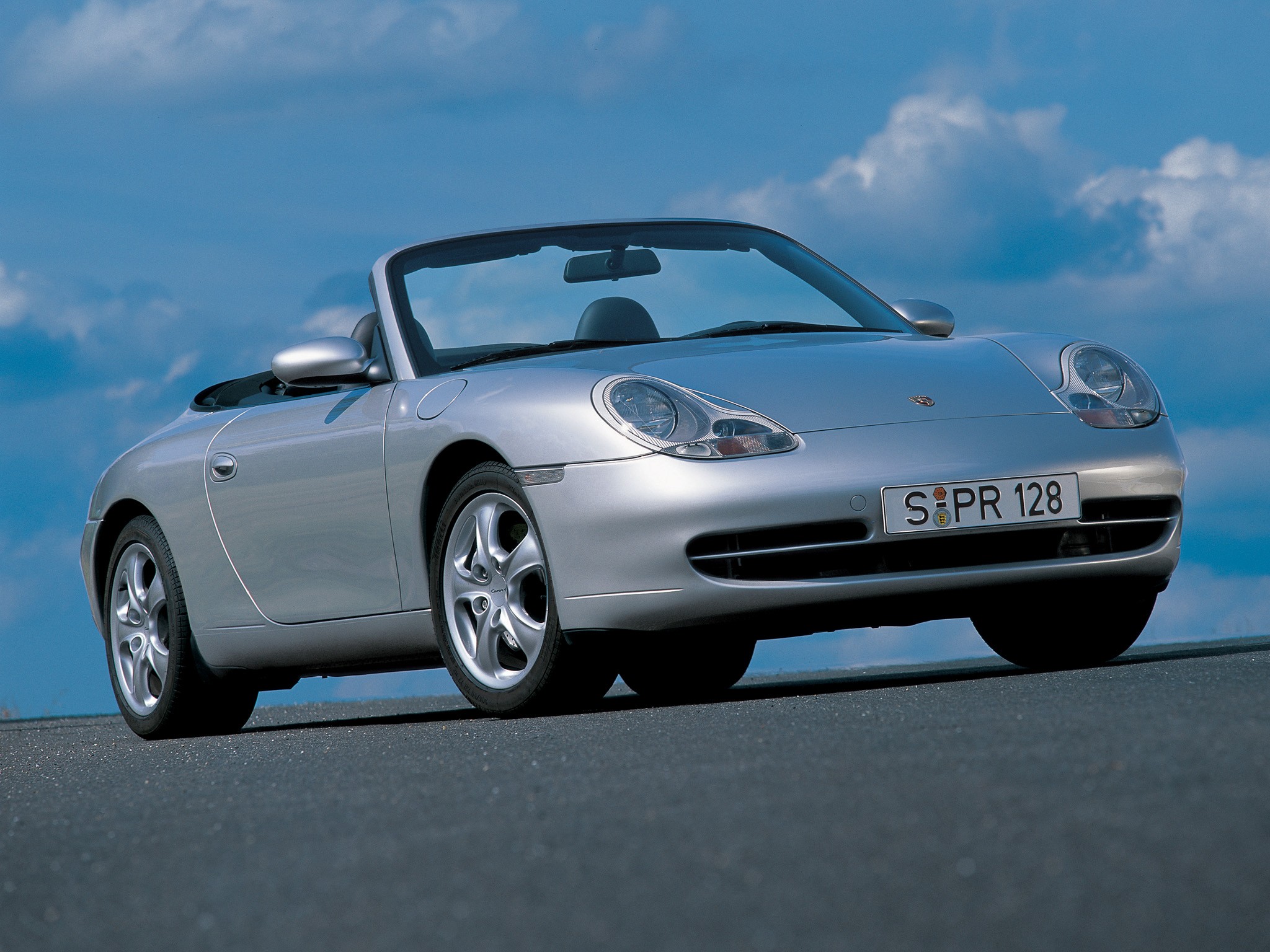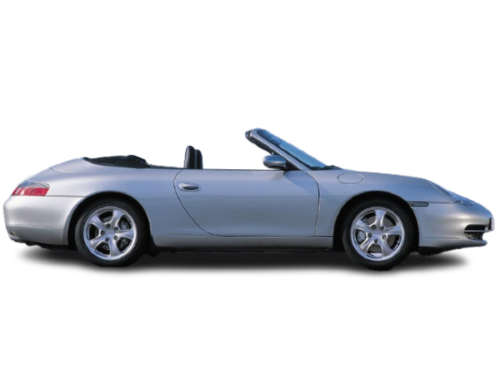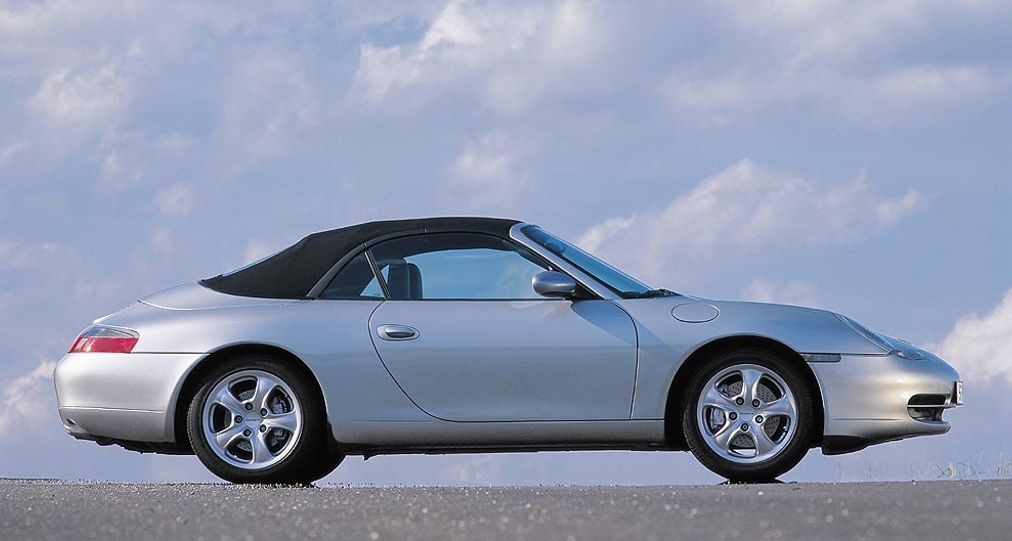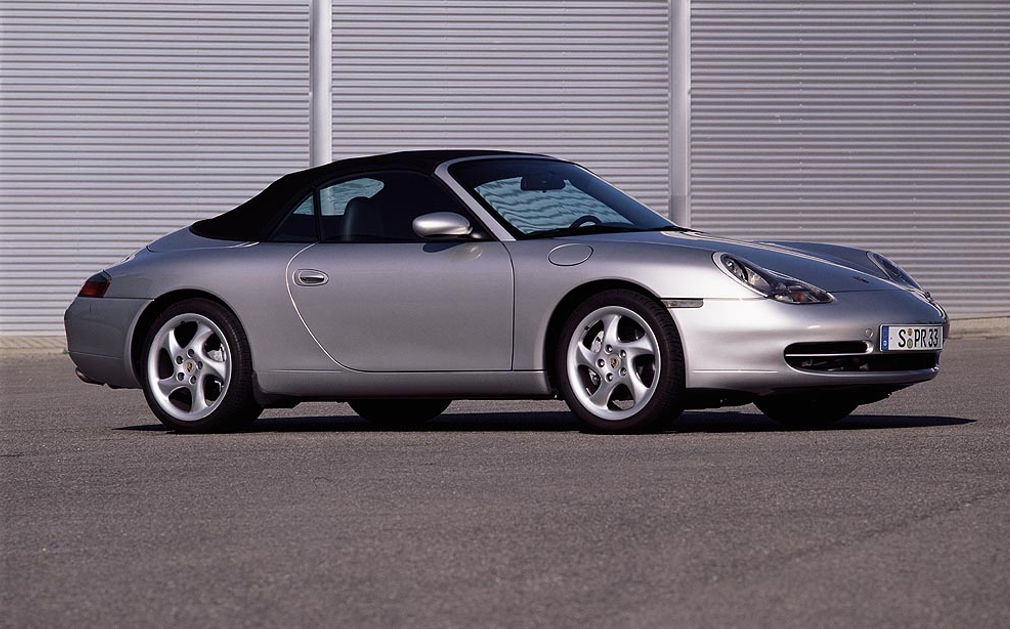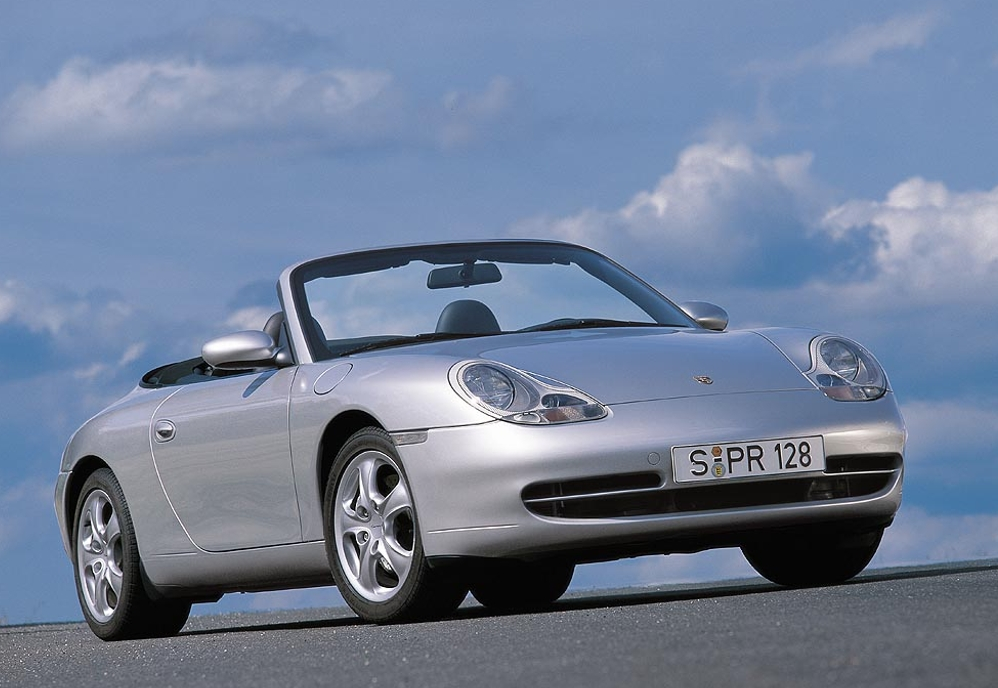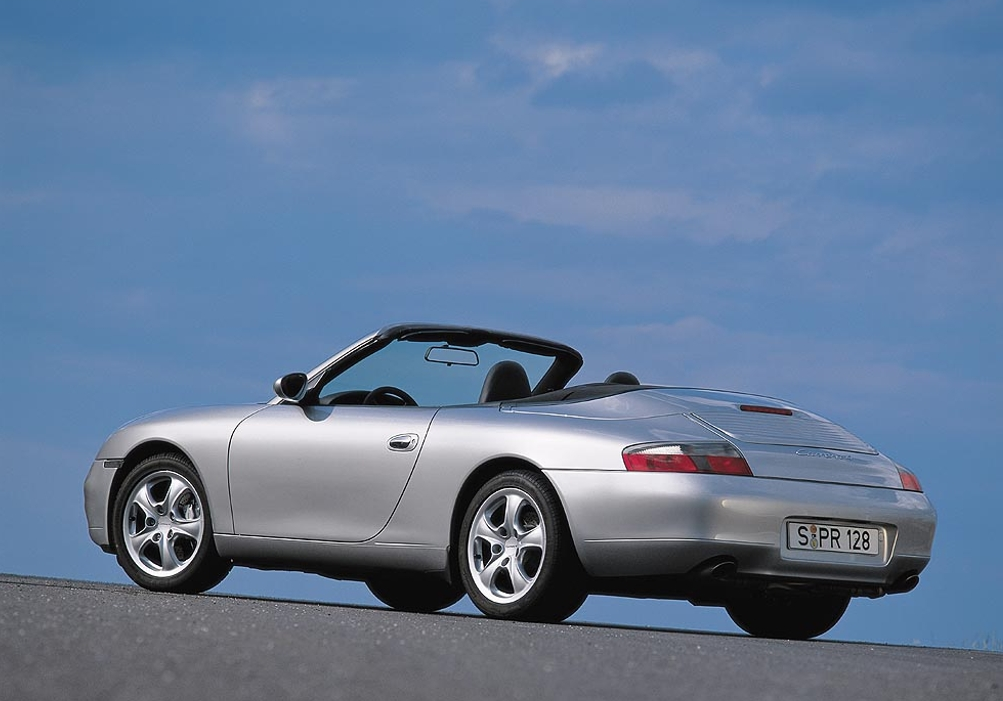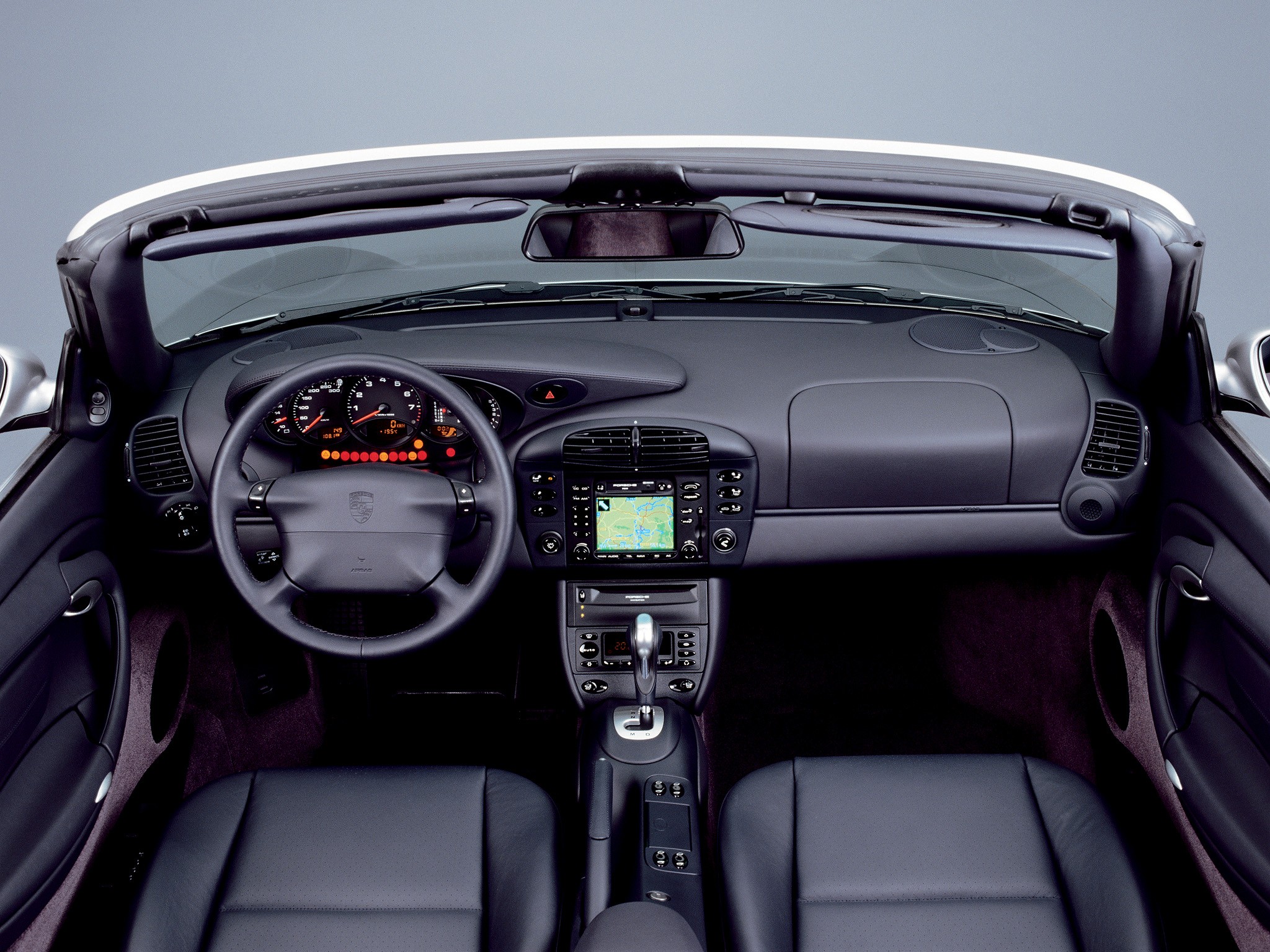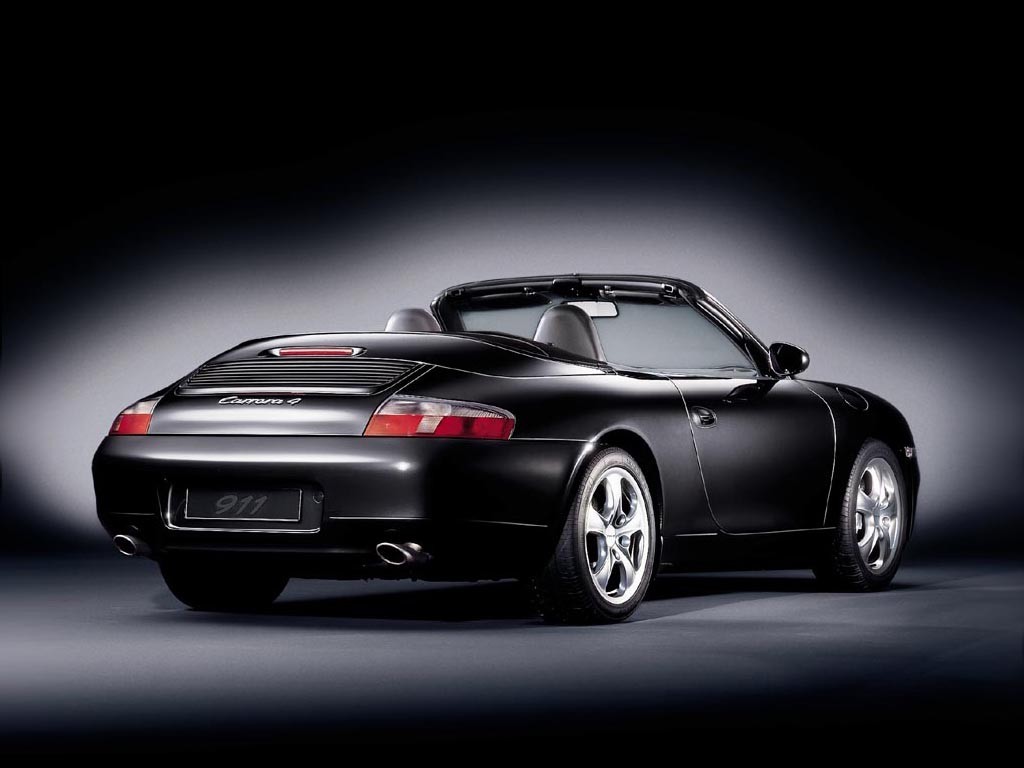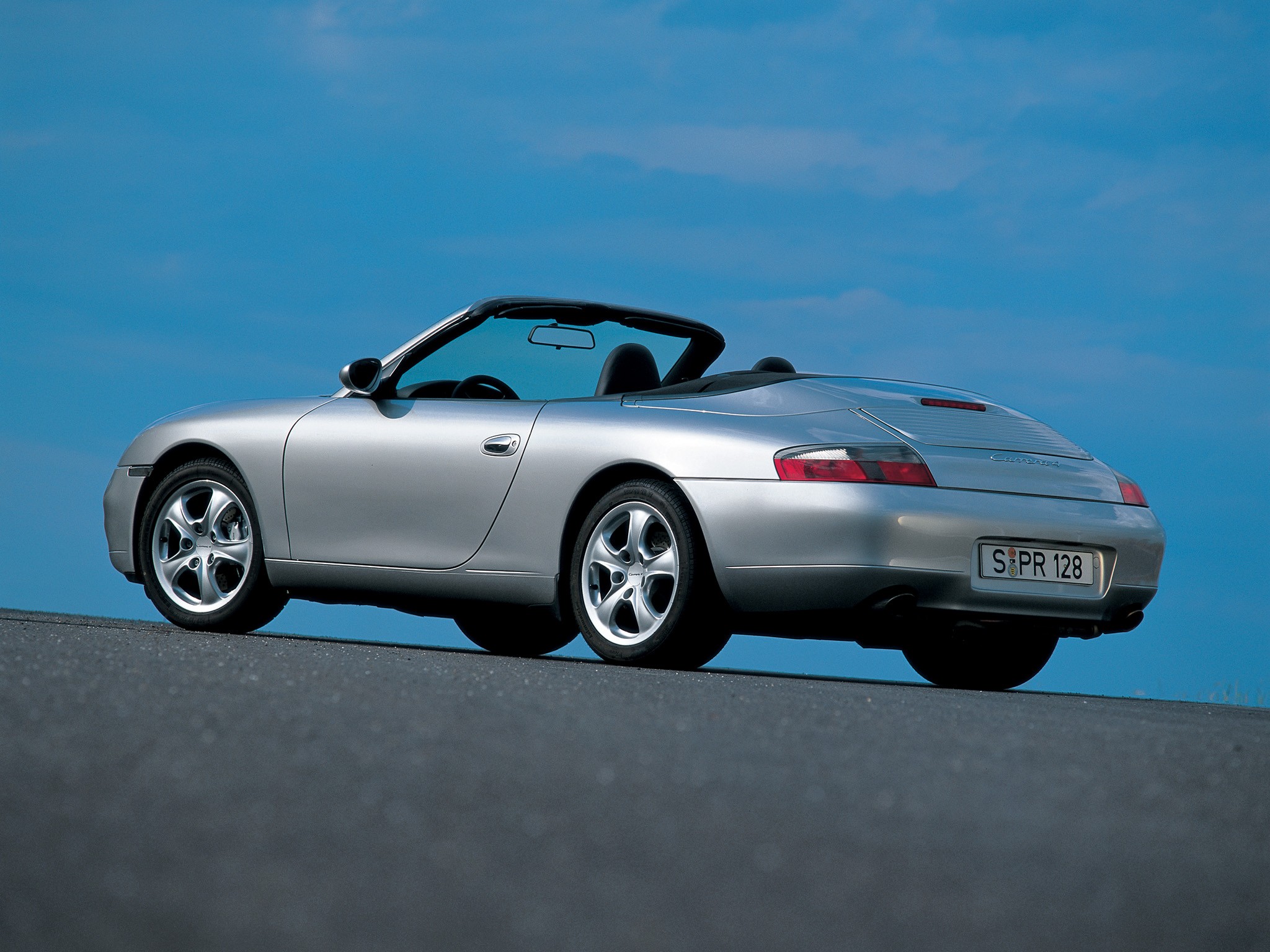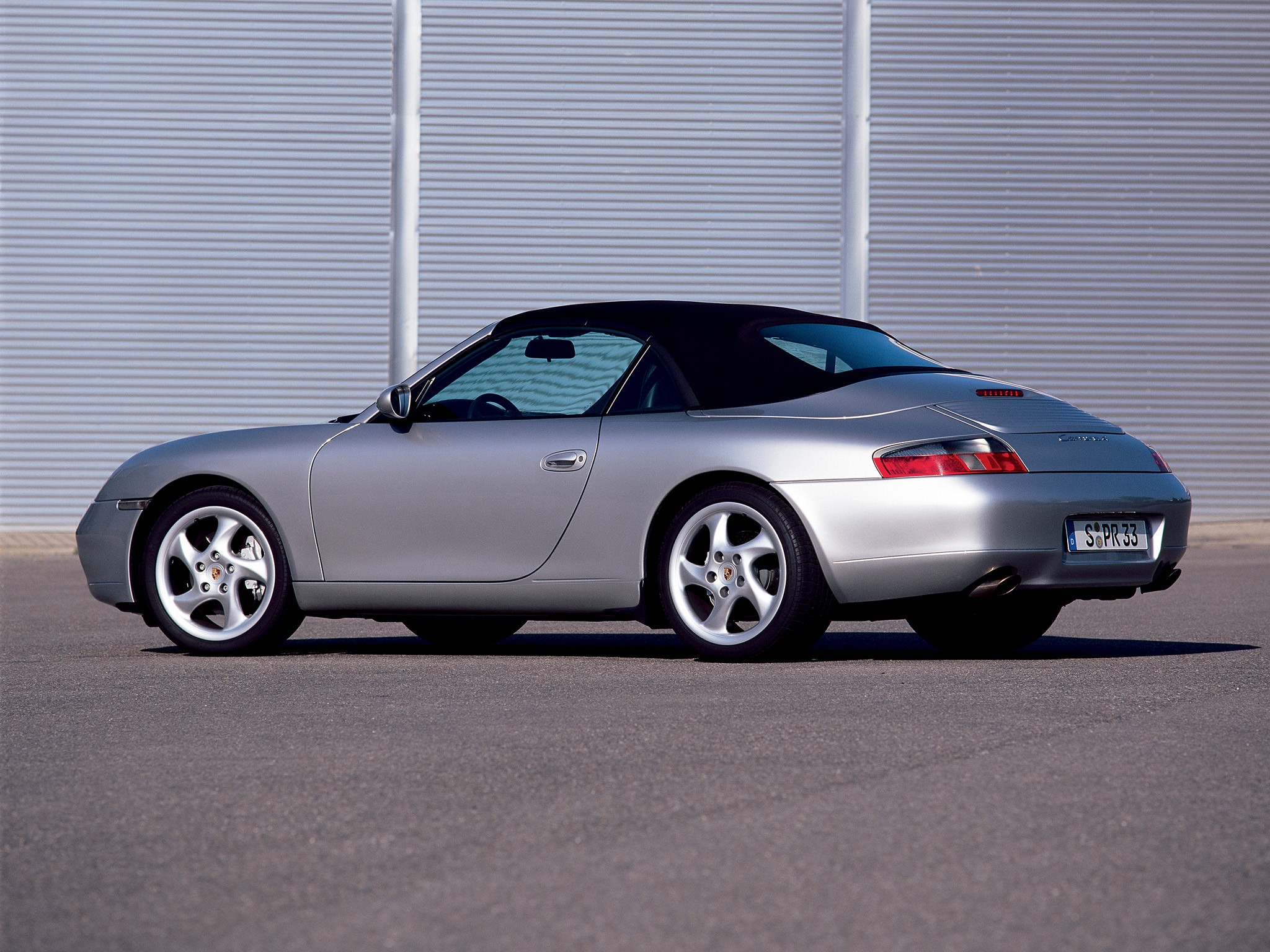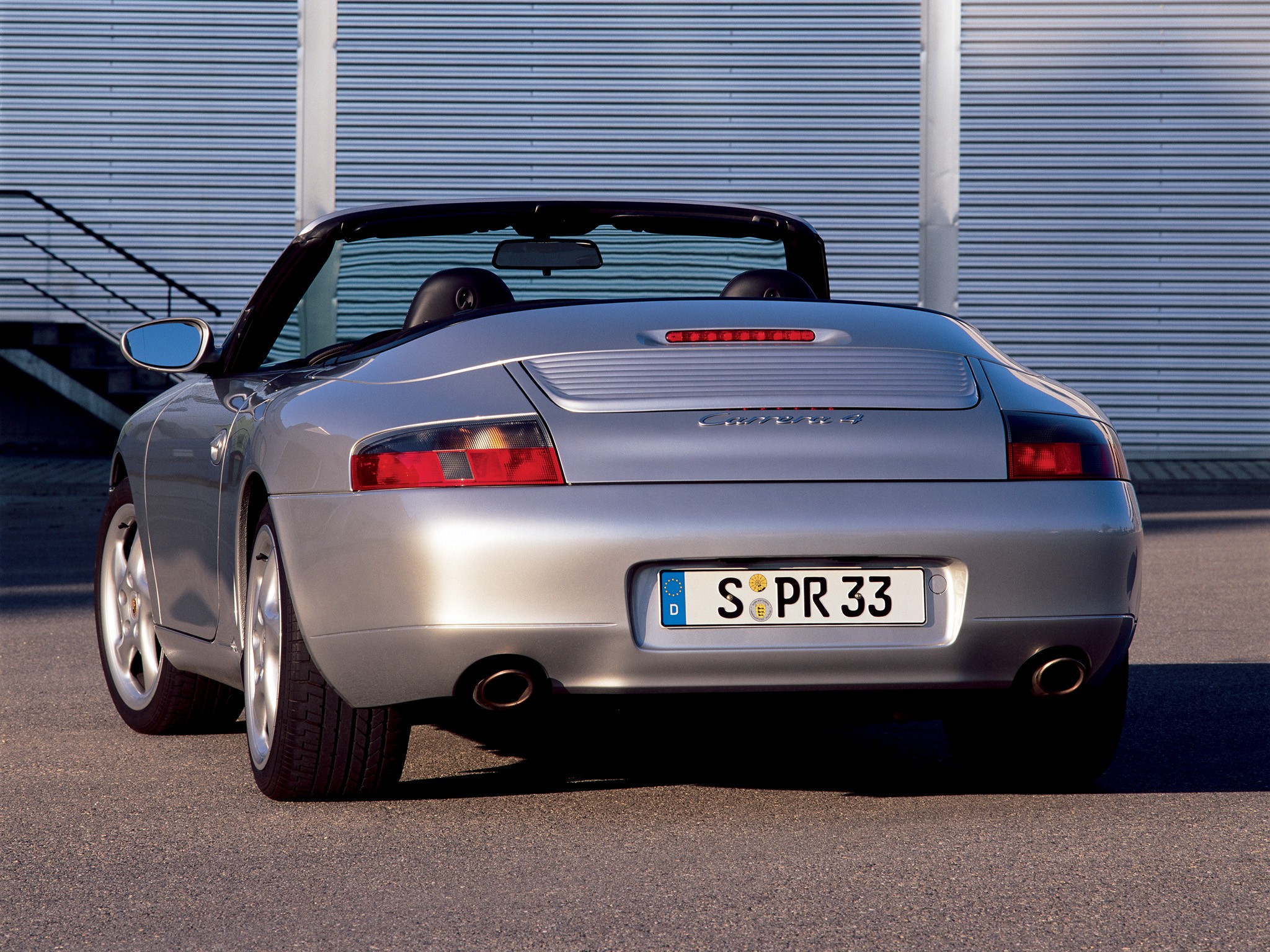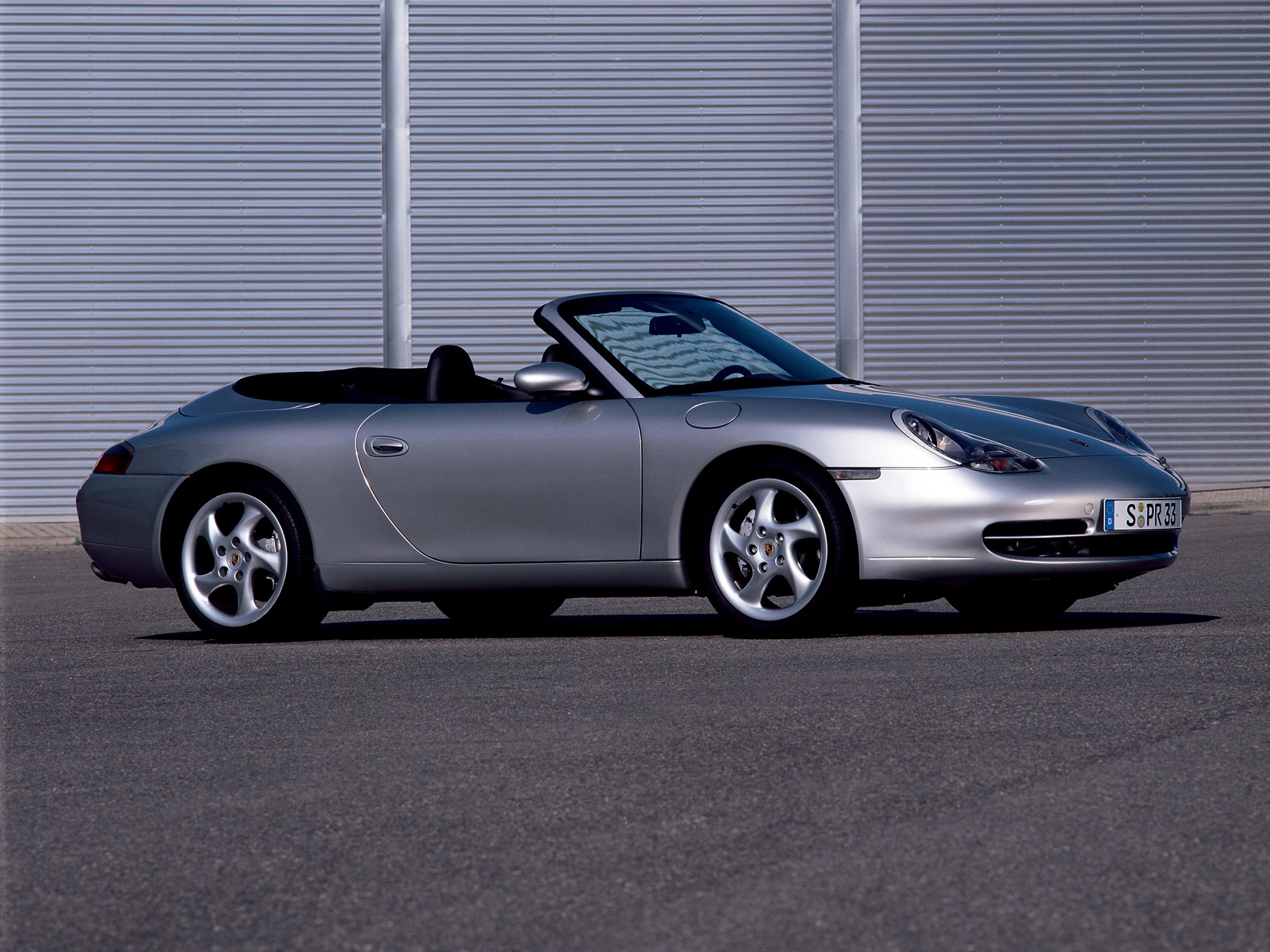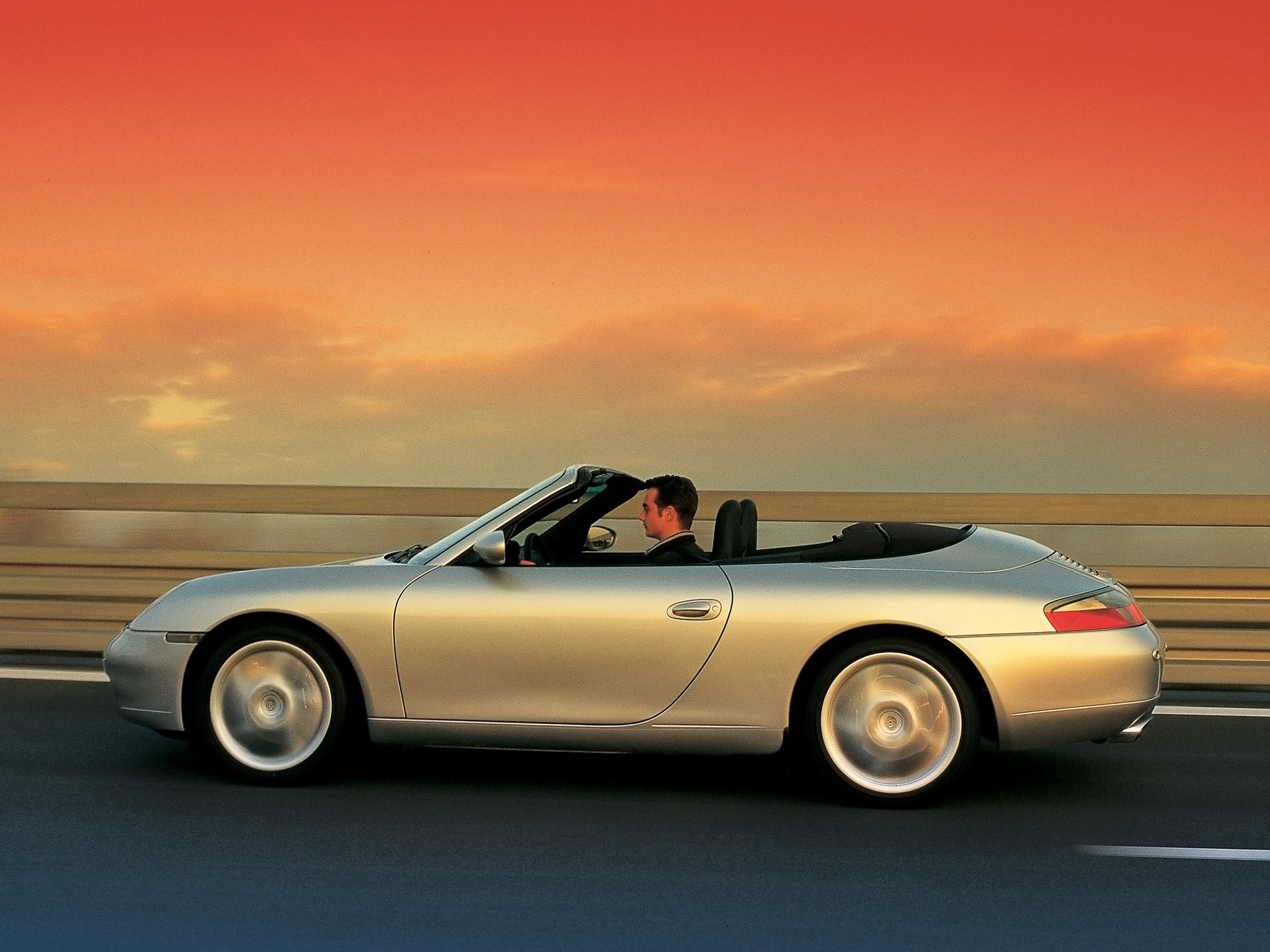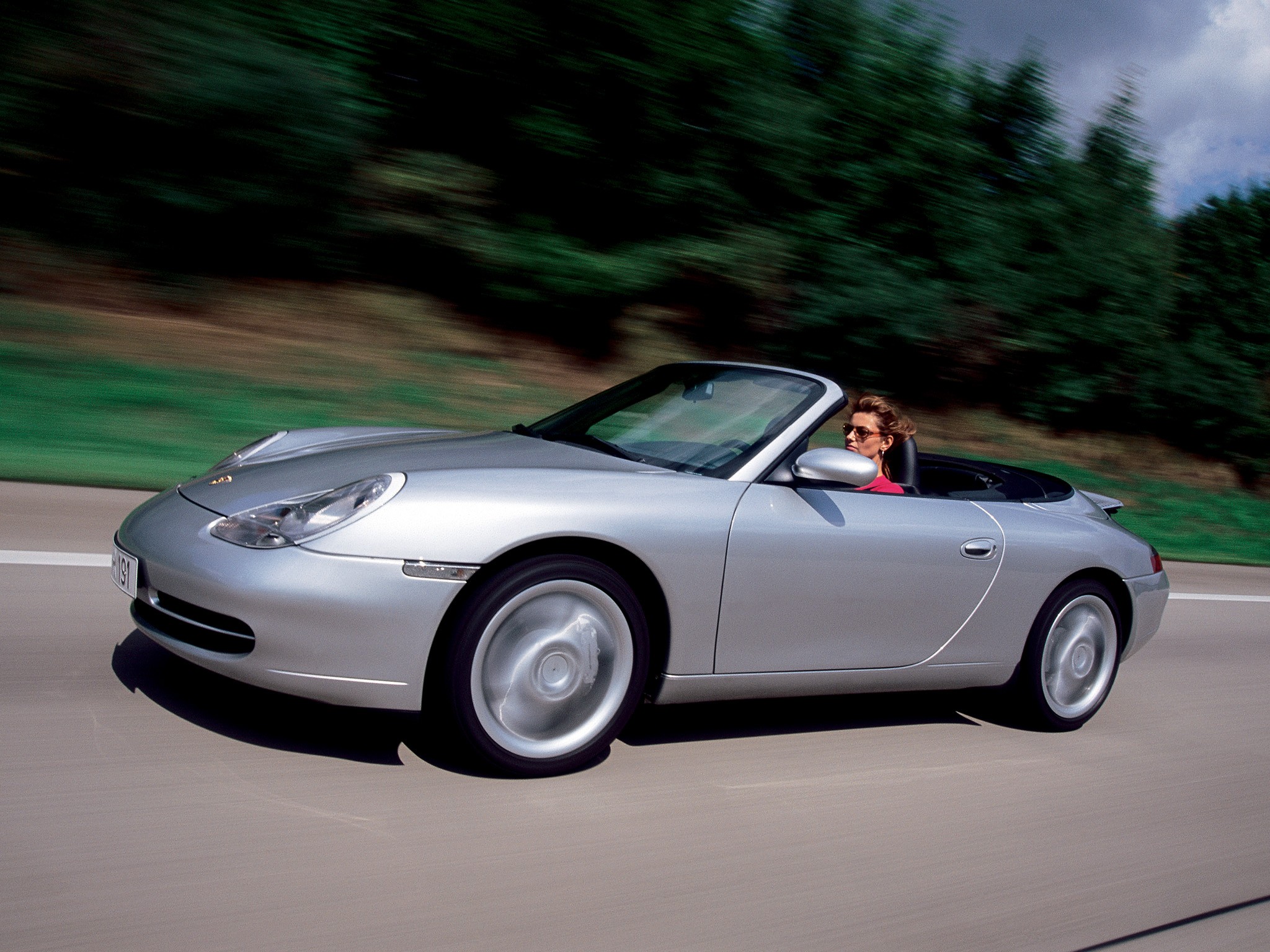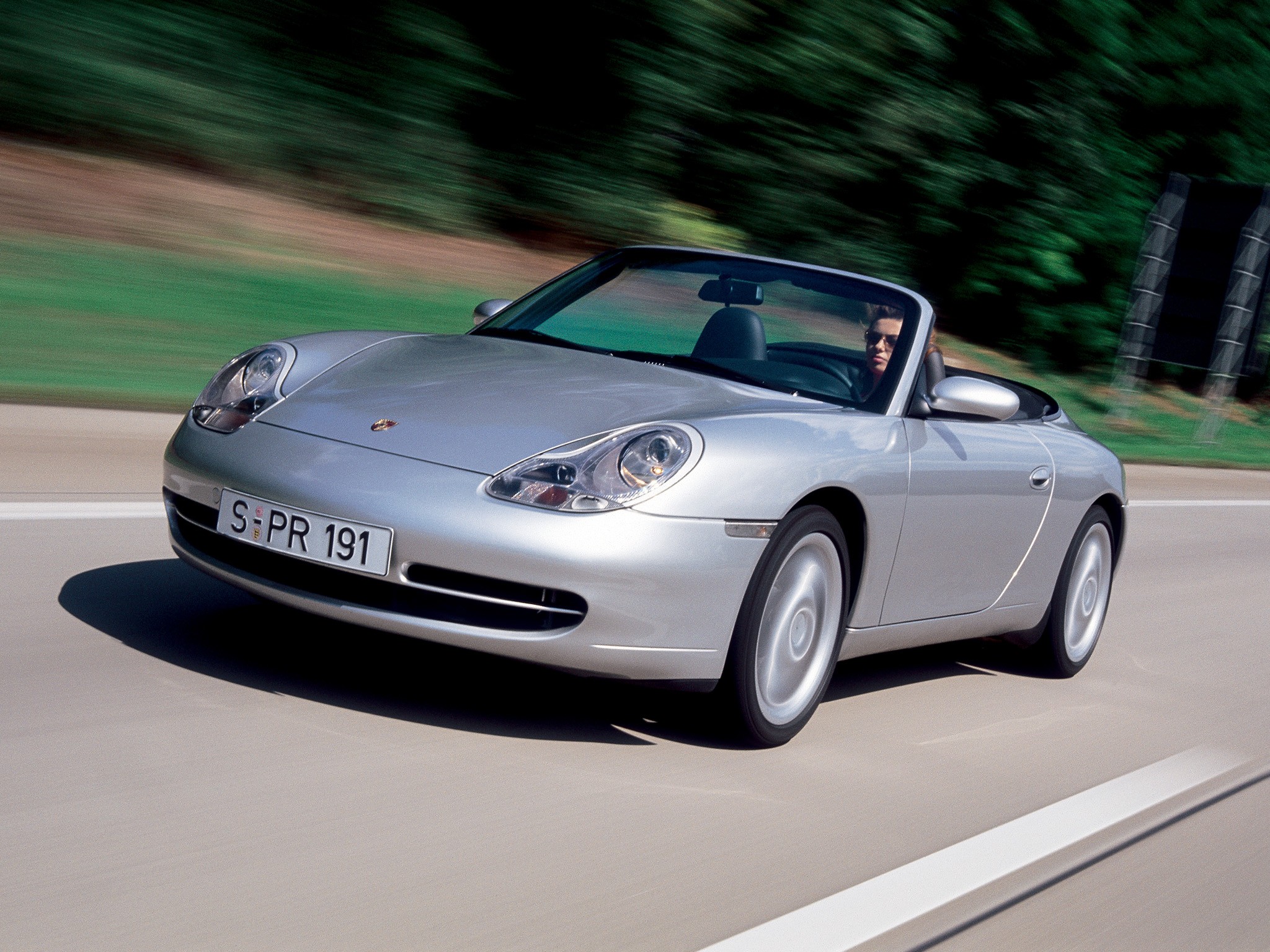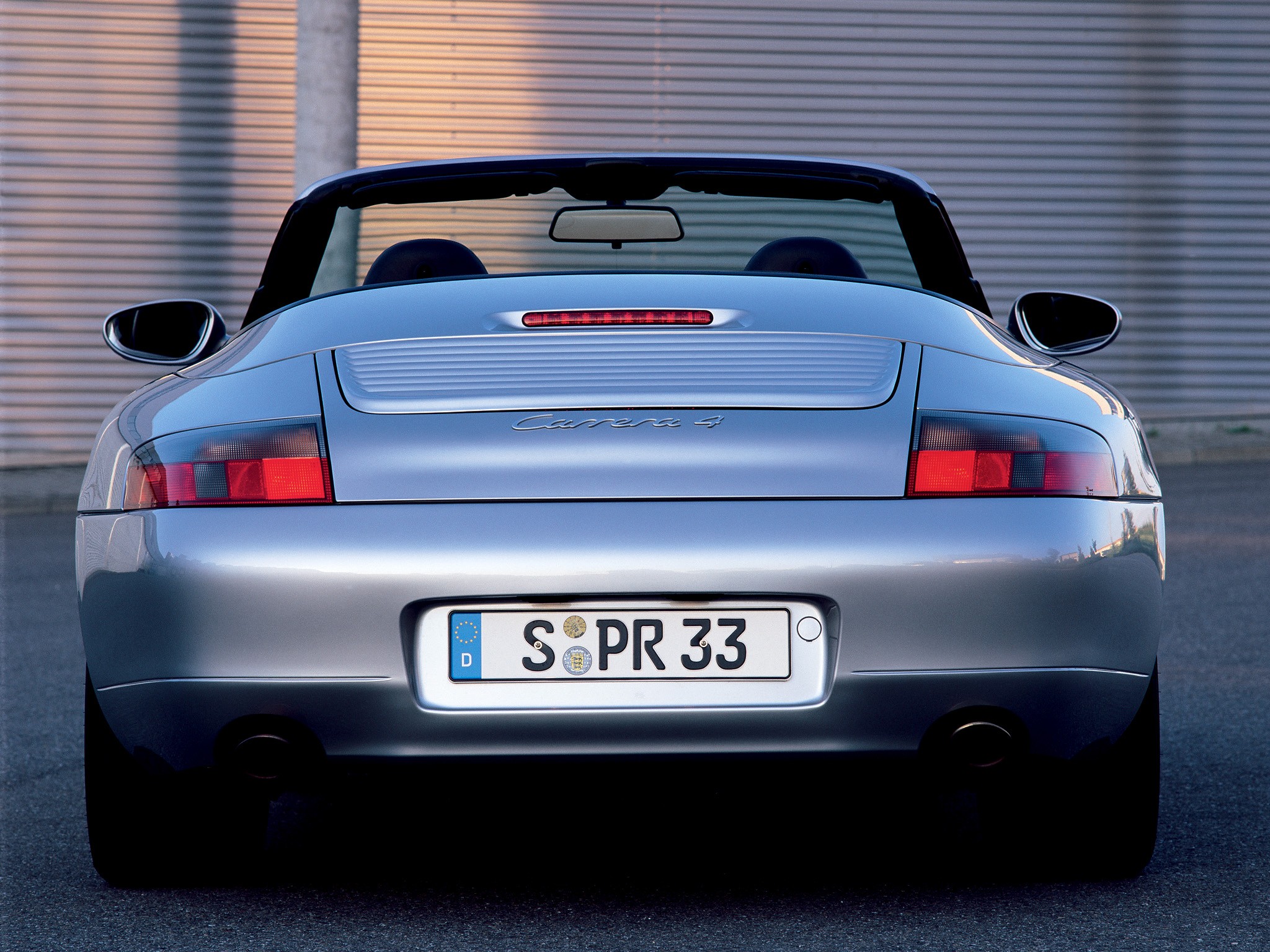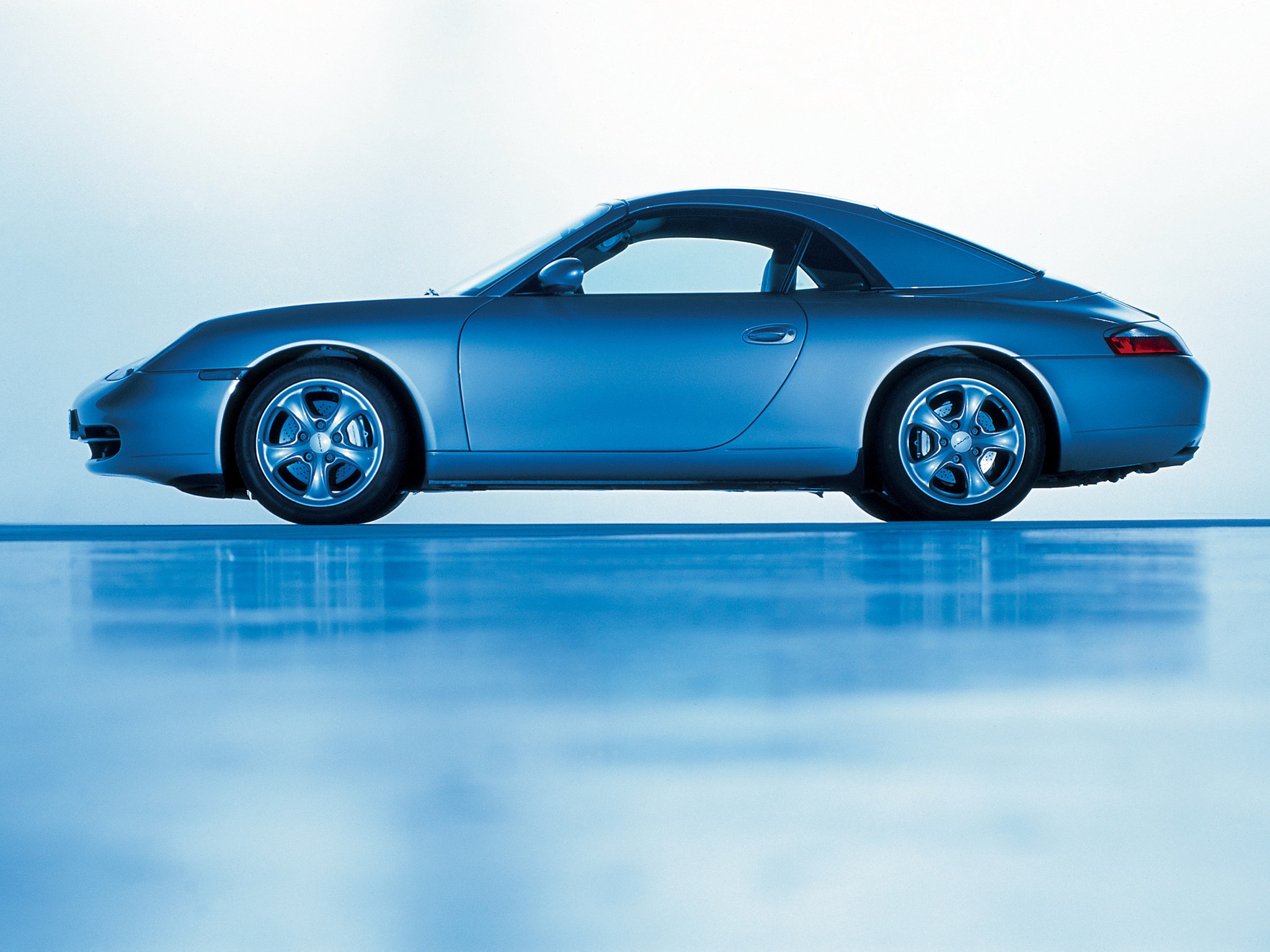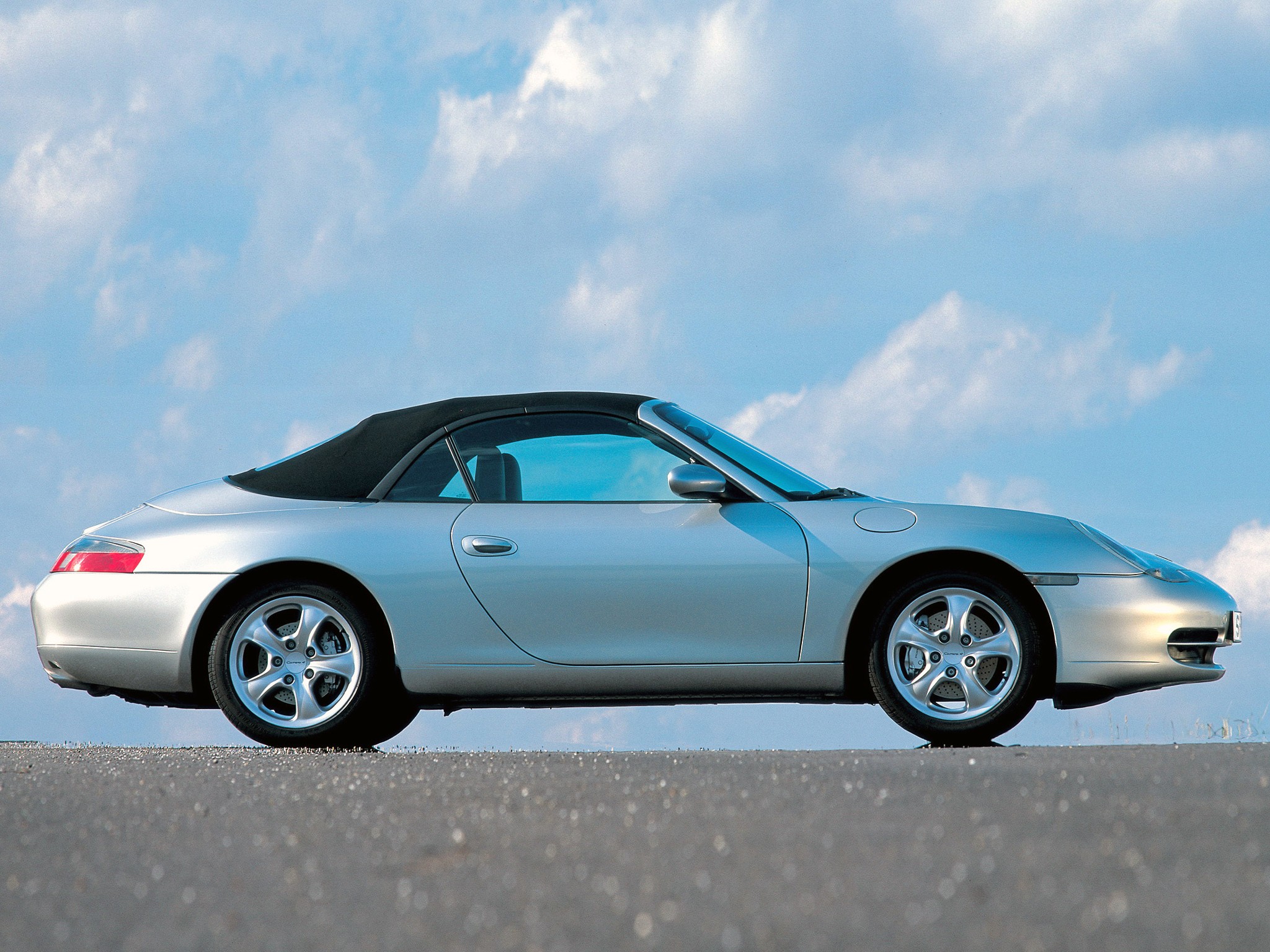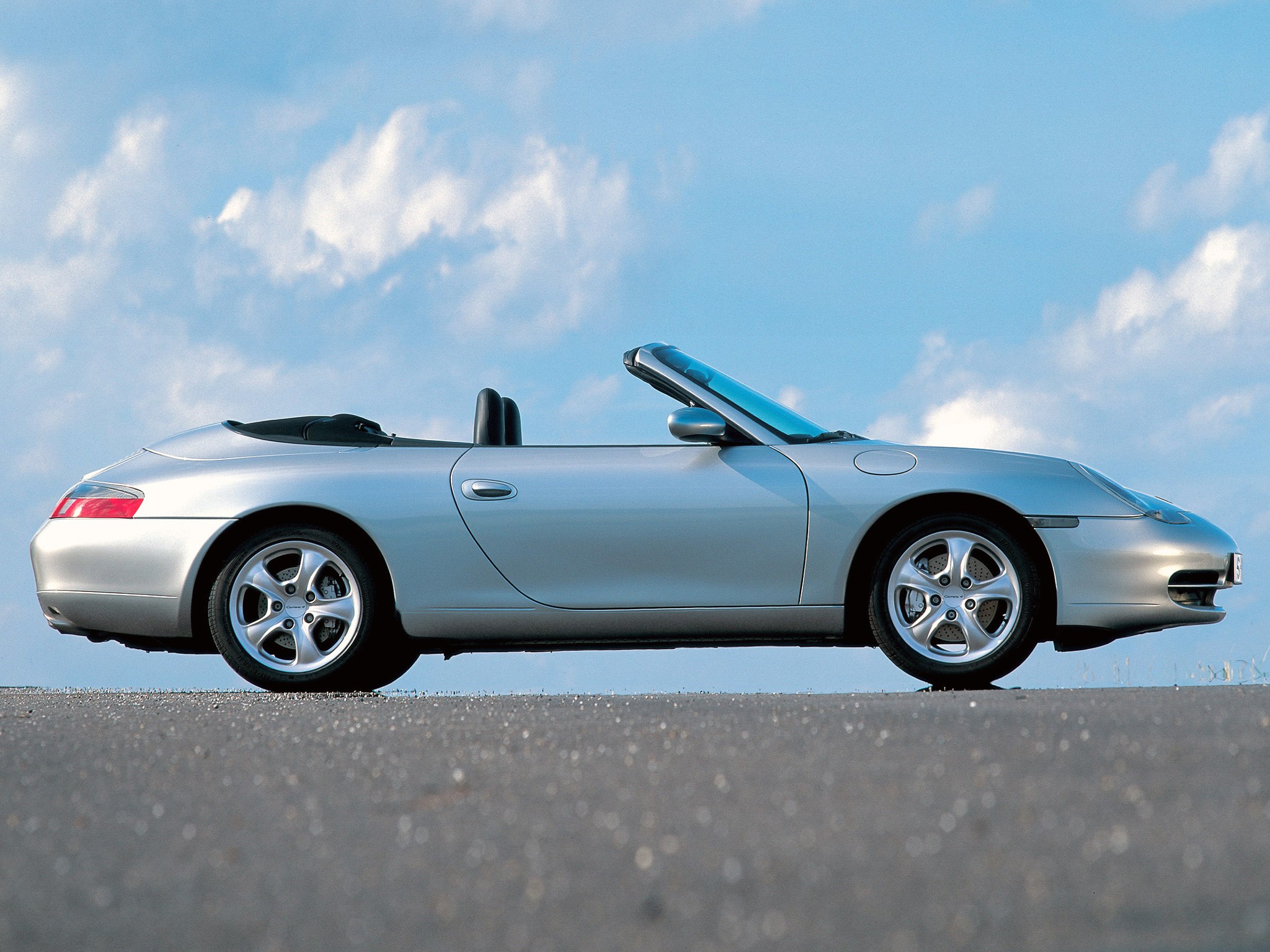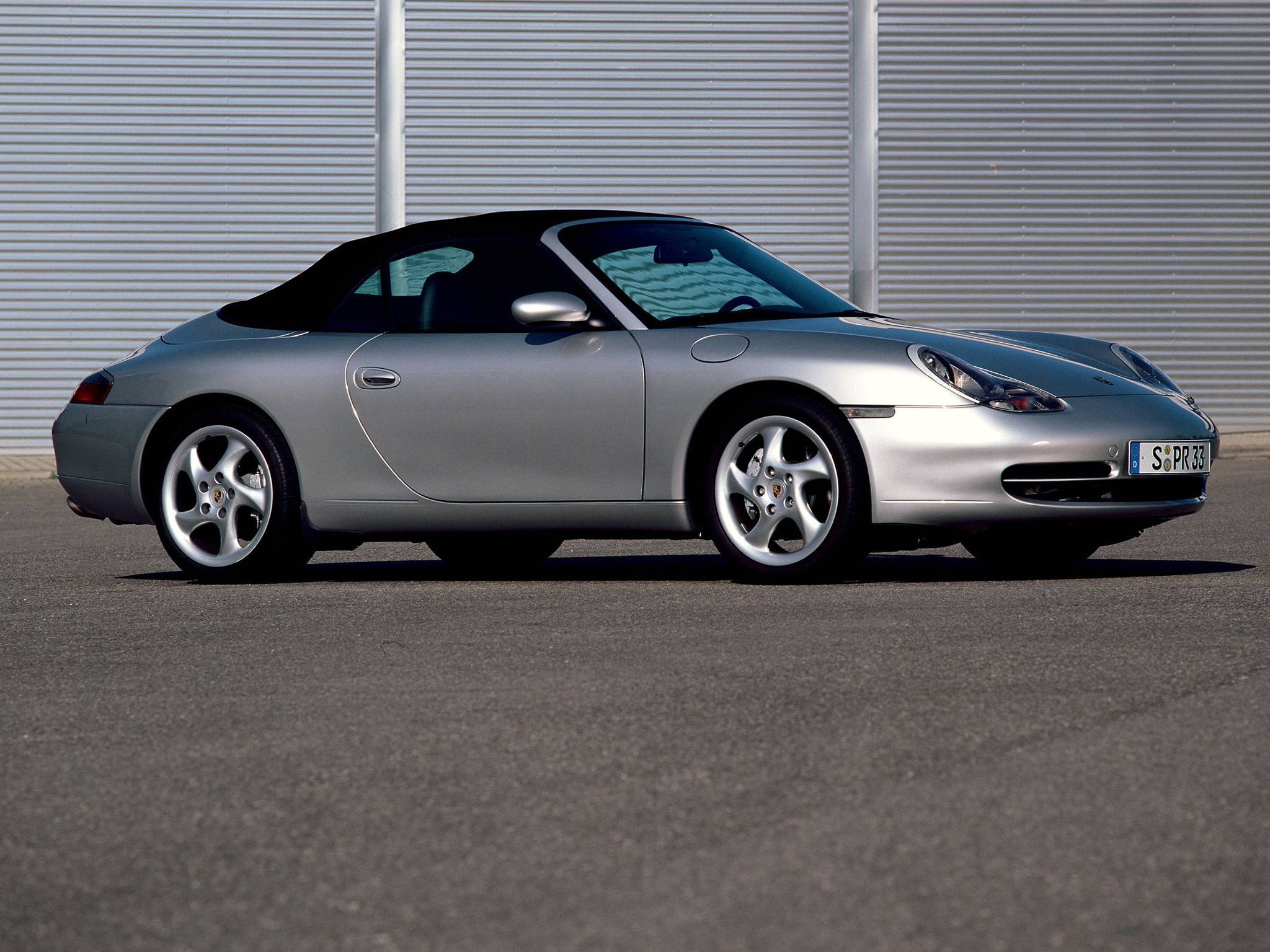(1999 – 2001) Porsche 911 Carrera 4 Cabriolet (996) – Ultimate Guide
The 996 Cabriolet was introduced in March 1998 at the Geneva Motor Show. The 996 Cabriolet was long ready (remember, it was tested already in 1995), but for marketing and production-related reasons it was launched in 1998 as a 1999 model. While the evolution with the 911 coupe was questionable from 993 to 996, the real evolution came with the cabriolet.
In USA – the biggest market – 911 Cabriolets outsold the Coupés. The 993 used to have an old school folding roof that was not very nice for the eye when folded down, nor when up, but the roof of the 996 Cabriolet looks very good in both positions thanks to its Z-folding design. The upper side of the roof now faces to the outside even when the roof is down, protecting the inner liner from the elements.
The 996 Cabriolet was the first car in the world which’ roof could be opened and closed from the remote control (except in USA where this was banned by DOT). It came with the hardtop as standard. The offer sounded nice on the paper, but very few owners started to use the hardtops, so in most cases they are still just occupying garage space. On the contrary to all the good news with the cabriolet version of the 996, the rear seats have the backrests with negative angle – to have space for the roof – and that is not very comfortable if an adult needs to sit in the back.
The aerodynamic drag coefficient of the Cabriolet is the same as on the Coupé. Porsche was also the first manufacturer to offer side airbags suitable for a convertible.
The all-wheel-drive system provides between 5-40% of torque to the front wheels depending on the situation, and of course the extra weight slightly differentiates its handling characteristics from the two-wheel drive car. Without PSM, “the C4 is still behaviorally unique compared to the standard 996, with a bit less oversteer and somewhat heavier, but more direct, steering input on sweepers.”
The Carrera 4 Coupe’s last year was 2001, and was replaced by the Carrera 4S for 2002-04. The Carrera 4 Cabriolet, continued on through 2004, receiving the same updates as the Carrera, including the 3.6-liter engine.


